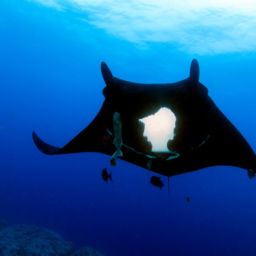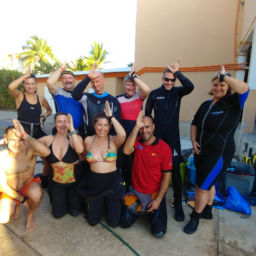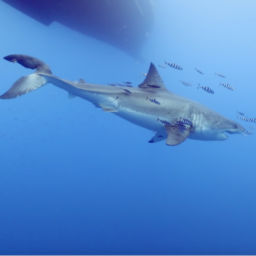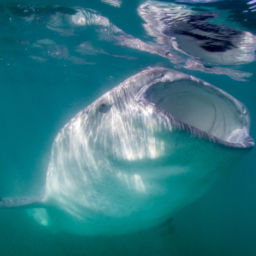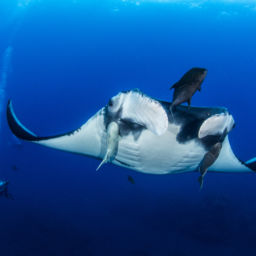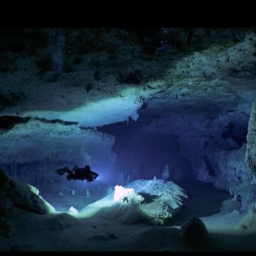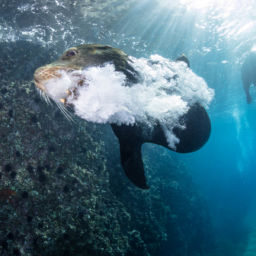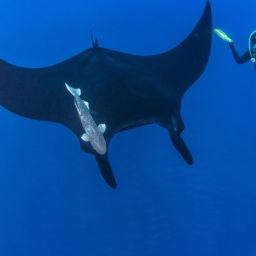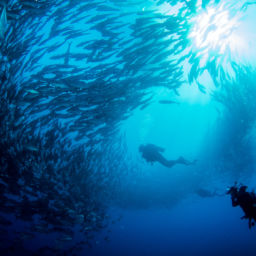Washed by the Pacific and Atlantic Oceans, Mexico is a diver’s dream destination, and the waters are teeming with life. Whether you want to explore gin-clear cenotes, vibrant coral reefs, or dive with bucket-list megafauna, this unparalleled destination has it all. Here’s our guide to diving Mexico in Covid times.
WHAT ARE THE COVID-19 REQUIREMENTS FOR ENTRY INTO MEXICO?
According to CNN Travel, visitors to Mexico don’t need to provide a negative Covid-19 test result or quarantine on arrival. You will need to complete a health declaration form and scan the associated QR code on arrival.
WHAT ARE THE COVID-19 REQUIREMENTS FOR RE-ENTRY INTO THE USA?
Upon departure for the United States, all travelers (including U.S. citizens and fully vaccinated travelers) are required to have a negative Covid-19 test result no more than three days before they board their flights to the U.S.
The CDC Mexico guide outlines what to do after returning to the U.S., including when to self-isolate and when follow-up tests are required.
WHAT IS THE COVID-19 SITUATION IN MEXICO?
Mexico is open to travelers and has a four-tier traffic light system of restrictions for each state. The restrictions will vary depending on the area you travel to, though as of June 2, 2021, most states are listed as green or yellow. Yellow means all work can resume and public gatherings can take place, and green means there are no restrictions.
According to the Reuters COVID-19 tracker on June 2, 2021, there have been 2,413,742 infections and 223,568 coronavirus-related deaths reported in the country since the pandemic began.
IS IT WORTH VISITING MEXICO? IS ANYTHING OPEN?
Absolutely. Businesses are open and Mexico is welcoming travelers.
WHAT YOU’LL SEE IN MEXICO AND WHY IT’S WORTH IT
Scuba diving in Mexico offers something for just about every dive experience level and interest. Wherever you go, the waters are full of life, and you’ll be surrounded by Mexico’s vibrant culture and rich history.
With numerous dive destinations to choose from, you can go diving in Mexico year-round and have the adventure of a lifetime. Here are our top dive spots to visit in this breathtaking country.
Guadalupe Island
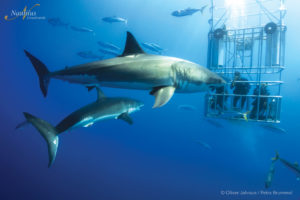
Ask any diver where to go diving with great white sharks and they will likely tell you Guadalupe Island. It takes a 24-hour boat ride to reach this remote rocky island, but the rewards are well worth it.
Guadalupe’s waters are bright blue and calm, making it perfect for cage diving with great white sharks, which congregate here in large numbers. It is also the only place in the world where you can see great white sharks in relatively warm and astonishingly clear water. All of which makes Guadalupe the top cage-diving destination in the world.
Socorro Island
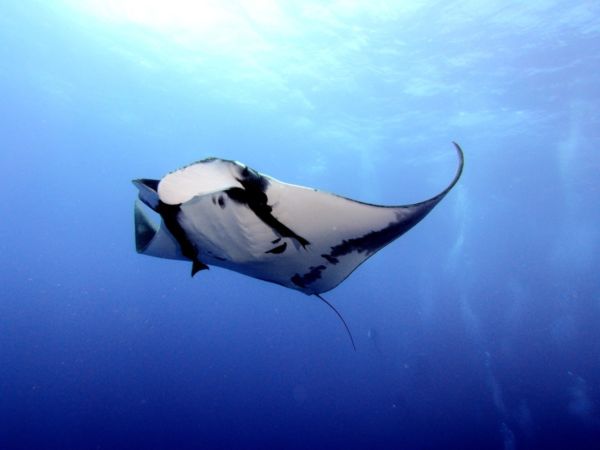
Socorro Island is Mexico’s premier liveaboard diving destination, renowned for marine megafauna diving and striking underwater landscapes.
Part of the Revillagigedo Islands, this group of four volcanic islands is famous for having numerous friendly giant Pacific manta rays, especially at San Benedicto Island’s manta cleaning station The Boiler.
These wild islands also host abundant sharks including silky, Galapagos, whitetips and silvertip sharks. Depending on when you go diving at Socorro, you’ll also likely see bottlenose dolphins (January to March), humpback whales (December to April) and whale sharks (November and December).
Cabo Pulmo
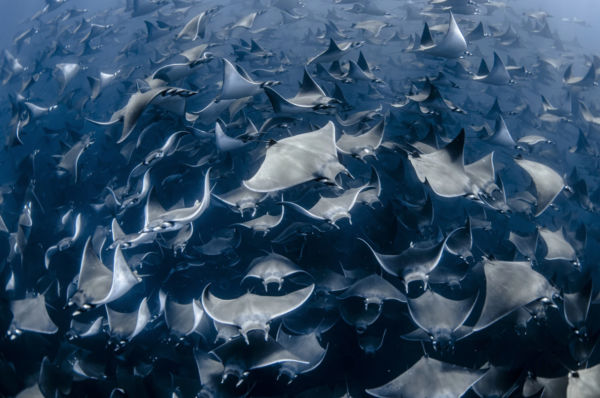
If you love coral-reef diving, don’t miss the Cabo Pulmo National Park. It is home to a 20,000-year-old reef, which is the oldest reef on the west coast of America.
With clear waters and sheltered diving, it’s easy to spot some of the 6,000 marine life species that call this reef home. There is plenty of macro life and reef fish, as well as passing sharks and humpback whales.
That said, diving with schooling mobula rays is the real highlight of diving at Cabo Pulmo. These rays congregate in enormous groups at the Sea of Cortez every year.
Take a trip to nearby La Paz for the chance to dive with schooling hammerheads, sea lions, and whales. You’ll also find excellent wreck diving, caves, and seamounts in the area.
Cozumel
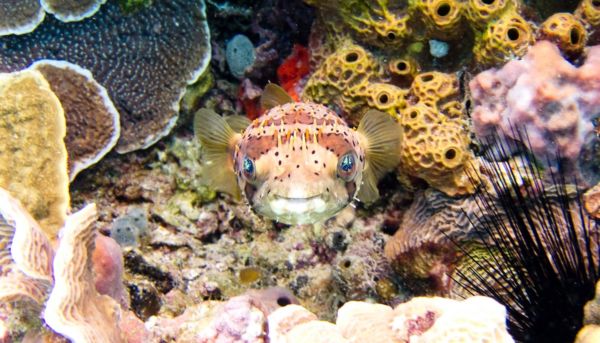
Another of Mexico’s best reef-diving destinations, Cozumel offers year-round diving at thriving reefs that are protected by the Cozumel Reefs National Park.
Diving in Cozumel is for every diver. As well as exciting drift and wall dives, there are easy shallow dives and deep dive sites. All of them feature the lure of azure waters and hundreds of fish species. And if that’s not enough, there are endless white sand beaches to relax on after your dives.
Isla Mujeres and Cancun
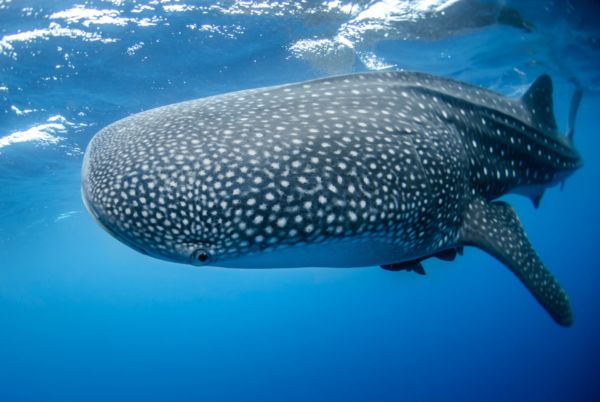
lsla Mujeres is a picture-perfect island in the Caribbean Sea, just off the coast of Cancun. Renowned for its idyllic beaches and coral reefs, it is also Mexico’s best destination for swimming with whale sharks.
These gentle giants visit Isla Mujeres every year from mid-May to September and various local operators can take you out to snorkel with them. While you’re there, be sure to visit MUSA — the Cancun Underwater Museum of Art.
Make sure you take time to visit nearby Playa del Carmen to go diving with bull sharks (November to March) and go cenote diving from Cancun. Exploring Mexico’s beautiful cenotes is a unique experience not to be missed.
Kathryn Curzon, a shark conservationist and dive travel writer for Scuba Schools International (SSI), wrote this article.



